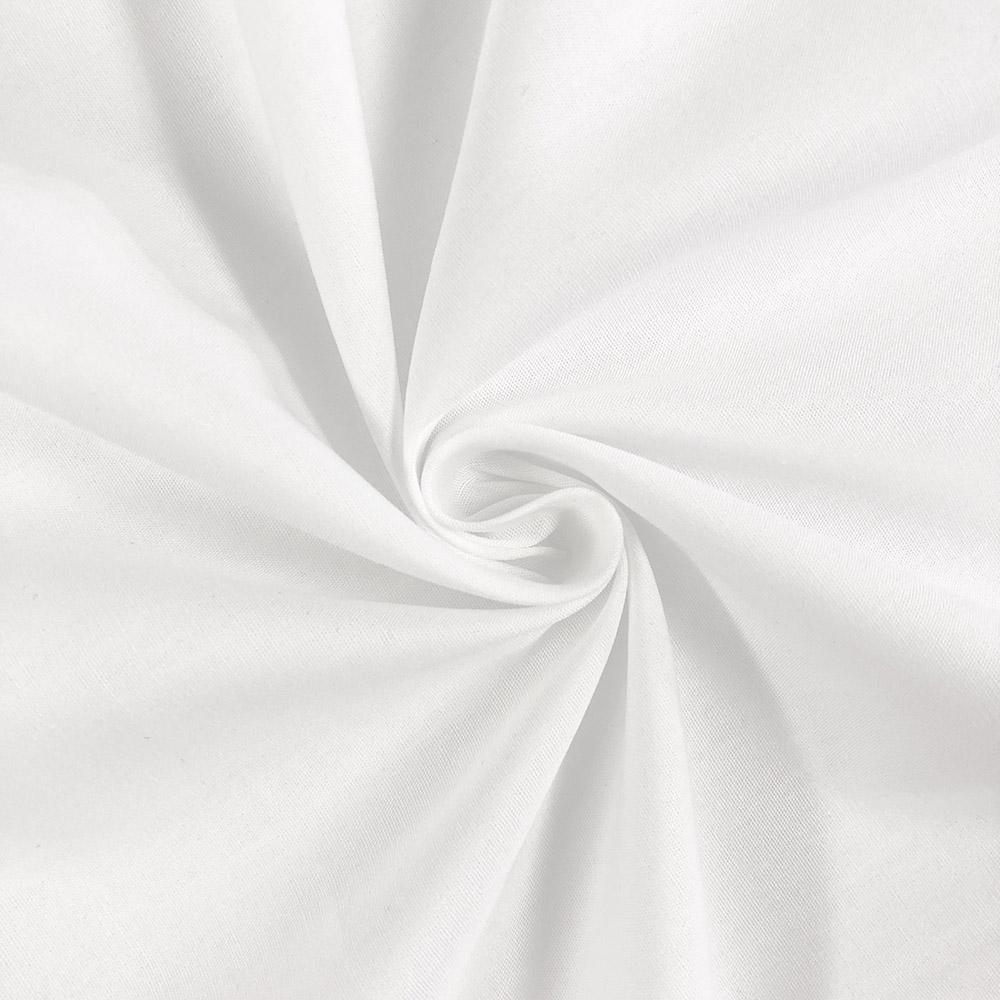Tencel, a popular fabric in the textile industry, has gained significant attention in recent years. As consumers become more conscious of sustainability and comfort, Tencel emerges as a potential solution. However, there is a lingering question: Is Tencel a cheap fabric? In this article, we will delve into the various aspects of Tencel, exploring its production process, properties, and cost-effectiveness. By the end, you will have a comprehensive understanding of Tencel's true value.
- The Production Process:
Tencel is derived from wood pulp, specifically eucalyptus trees. The production process involves dissolving the wood pulp in a solvent, spinning it into fibers, and then weaving these fibers into fabric. This closed-loop process is environmentally friendly, as the solvent is recycled, minimizing waste and reducing the impact on ecosystems. Despite the complexity of the production process, Tencel's efficiency and sustainability make it a viable choice for eco-conscious consumers. - Properties of Tencel:
Tencel boasts several remarkable properties that set it apart from other fabrics. Firstly, it is highly breathable, allowing for excellent moisture absorption and release. This feature makes Tencel ideal for activewear, bedding, and other applications where comfort is paramount. Additionally, Tencel exhibits exceptional softness, comparable to silk or cashmere, providing a luxurious feel against the skin. Furthermore, Tencel is hypoallergenic, making it suitable for individuals with sensitive skin or allergies. These properties contribute to Tencel's growing popularity in the textile industry. - Durability and Longevity:
Contrary to the notion that cheap fabrics lack durability, Tencel proves to be a long-lasting investment. The fibers' strength and resistance to wear and tear ensure that Tencel garments maintain their quality even after multiple washes. This durability, combined with Tencel's ability to retain color vibrancy, makes it a cost-effective choice in the long run. While the initial price may be higher than some conventional fabrics, the extended lifespan of Tencel products justifies the investment. - Cost Considerations:
When evaluating the cost of Tencel, it is essential to consider the overall value it offers. While Tencel may be more expensive than certain synthetic fabrics, its superior quality and eco-friendly production process make it a worthwhile investment. Additionally, Tencel's versatility allows it to be used in various applications, from clothing to home textiles, further enhancing its value for money. By prioritizing sustainability and durability, consumers can make an informed decision regarding the cost-effectiveness of Tencel.
Conclusion:
In conclusion, Tencel is far from being a cheap fabric in terms of its production process, properties, and overall value. Its sustainable production, exceptional properties, and durability make it a premium choice for those seeking comfort, style, and environmental consciousness. While the initial cost may be higher, the long-term benefits and reduced environmental impact make Tencel a wise investment. So, the next time you come across Tencel, remember its true value and the positive impact it can have on both your wardrobe and the planet.



